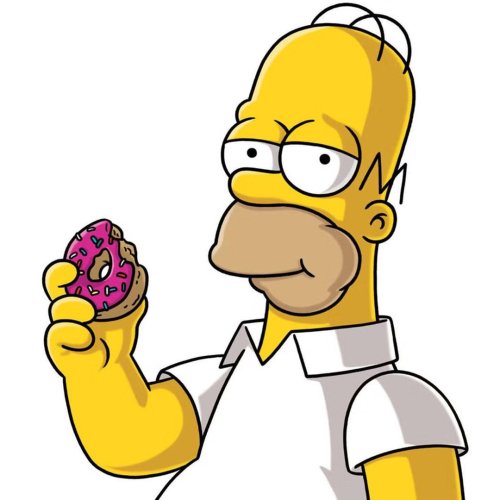
Twins Video
In the late spring of 2019, as temperatures rose in Texas and the night skies over Arlington were peppered with little white dots, a once-heralded prospect made an astonishing imprint on the game of baseball. You’d be forgiven for assuming that the increased heat was due to normal seasonal changes and that the little white dots were simply the stars in and around the Milky Way galaxy.
No, both phenomenon were simply the result of Joey Gallo’s bat. Coming off back-to-back 40 home run seasons with a combined 114 wRC+, Gallo peppered the skies of the American League West with 22 home runs, often sending them into near orbit. He also elevated his triple slashline to a blistering .253/.389/.598 (.987) resulting in an MVP-esque 144 wRC+.
Gallo was on track to more than double his fWAR (3.2) from the previous two seasons combined (5.9), but while his star burned hot and bright that summer, it ultimately went supernova after only 70 games thanks to a fractured hamate bone in his right wrist. He did not appear in a another game that year.
Since his ill-fated 2019 campaign, Gallo has largely fallen back to earth. He was named to the American League All-Star team in 2021 before being shipped to the New York Yankees—an experience Gallo would later refer to as “rock bottom”—and registered a career-high 4.2 fWAR, but has yet to post an average above the Mendoza line or hit 40 home runs in a season over the last three years.
Looking at the stats, it’s pretty easy to see why Gallo was so successful in 2019. It wasn’t because he was striking out less or walking more—his K% and BB% more or less stayed steady with his career numbers—nor was it because he was hitting the ball harder or adopting a new approach at the plate. The primary driver behind his success was a towering .368 BABIP, a value 43% higher than his career average.
Suffice it to say that the odds of Gallo ever putting together another 70-game stretch similar to the one in 2019 are slim, but he doesn’t need to slash anywhere near .250/.390/.500 (.890) for a full season to find success with the Twins. (To be clear, if he did, Gallo would very likely be an MVP candidate.)
Despite owning the highest strikeout rate in MLB history, Gallo has been 10% better than league average by wRC+ thanks to a fairly discerning eye at the plate as well as the aforementioned otherworldly power. Simply put, Gallo is a land of contrasts.
Last summer he ranked in the 1st percentile in strikeout rate and Whiff% but in the 95th percentile in walk rate, which is consistent with his career numbers. He is also unlikely to bite on offerings that Statcast refers to as chase and waste pitches. He patiently waits for his pitch with such aptitude that he is worth positive runs even though he is, at best, 70/30 to hit pitches in the zone. (The MLB average zone contact rate is 82.0%. Gallo’s career number is 67.4%.)
Gallo is the definition of a three true outcomes player. A laughably outrageous 59% of his career plate appearances have ended as either a strikeout, walk, or home run. In that sense, Gallo is Miguel Sanó on steroids. (A mere 54% of Sanó’s plate appearances resulted in one of the outcomes.)
However, what separates Gallo from someone like Sanó—and why Gallo was the first of the two to sign a deal this offseason—is that he provides near elite defense in the outfield. Although he ranked in the 19th percentile in Outs Above Average last season, Gallo had consistently ranked in the top 25% of outfielders since 2017. He has a cannon for an arm, topping out on some throws near 95 mph, and has the ability to get a good jump on the ball. Defensively, Gallo isn’t all that far behind Max Kepler, an athlete who is considered to be among the best defensive corner outfielders in the game.
So, basically, the Twins signed a corner outfielder that projects to be an amalgamation of some degree of Miguel Sanó’s offense and Max Kepler’s defense, which is a player well-worth a one-year, $11 million gamble. Steamer, one of the projection systems published on FanGraphs, projects Gallo to slash .188/.313/.397 (.710) with 19 home runs in 102 games next summer. That would give him a 107 wRC+ and 1.1 fWAR, almost exactly a value of $11 million.
The signing of Joey Gallo is not the type of move that cements a solid offseason for the Twins in isolation, but it does allow them to potentially be a little more aggressive on the trade market, particularly when dangling Kepler or perhaps Luis Arraez and/or Trevor Larnach. If the Twins are able to swap some of their existing pieces for impact starting pitching or a shortstop, the Gallo acquisition could be seen as a boon, especially since he has largely been able to remain healthy for his career.
It’s also possible that Gallo never rebounds from his morbid 2022 and is DFA’d before the season ends. However, the bar is so low for his projected offensive performance and his defense is so reliably good that it would take quite the drop in production, perhaps even more so than last season, for the Twins to simply give up on him.
MORE FROM TWINS DAILY
— Latest Twins coverage from our writers
— Recent Twins discussion in our forums
— Follow Twins Daily via Twitter, Facebook or email
— Become a Twins Daily Caretaker







Recommended Comments
Join the conversation
You can post now and register later. If you have an account, sign in now to post with your account.
Note: Your post will require moderator approval before it will be visible.